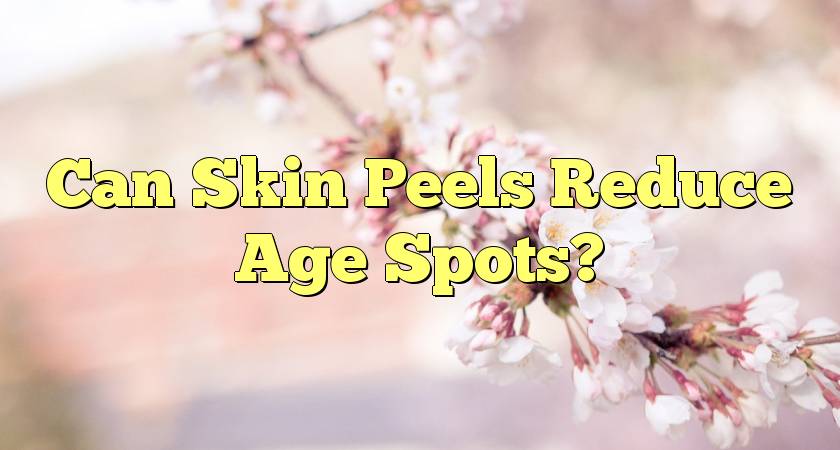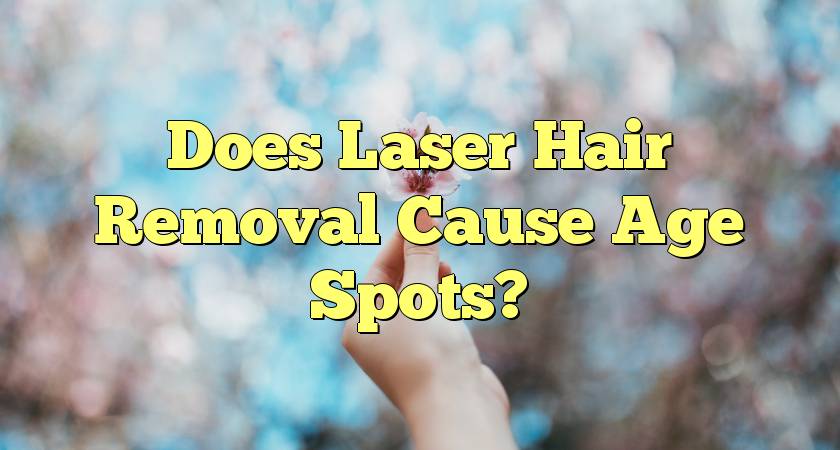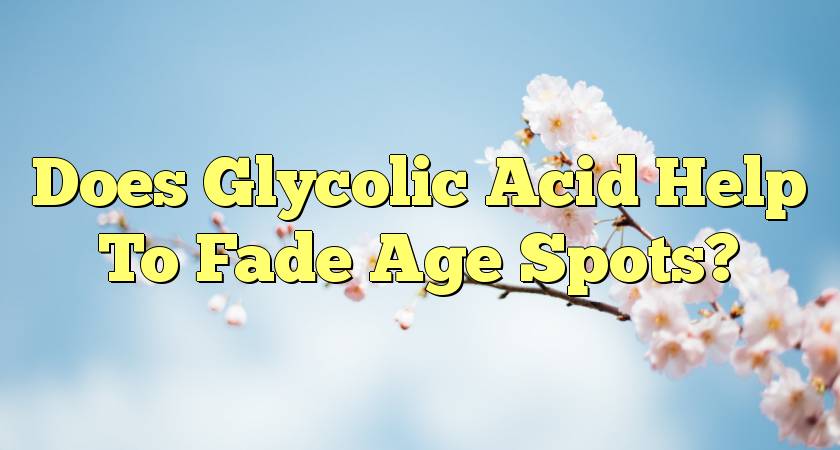Have you ever seen a banana covered with brown spots? Not real pretty, huh? Age spots on your face and body aren’t so attractive either. As much as you’d like to wish away your age spots, it’s a bit of a process to fade them.
Can Chemical Peels Really Reduce Age Spots?
The short answer is yes. All chemical peel solutions are formulated to remove the top dead layers of skin to even out your skin tone. A new layer of skin replaces the old top layer as your skin heals.
Age spots or liver spots are more visual the lighter your skin is. So a chemical peel will deliver more satisfactory results depending on the following:
- The acid type and bleaching strength of the chemical peel solution used.
- Your skin’s ability to absorb the solution.
- Your therapists skill level. Only have this procedure done by a qualified therapist, dermatologist or doctor.
- The number of visits involved.
- Following after care instructions such as avoiding sun exposure, using a broad-spectrum sunscreen and not smoking.
Where Can I Get A Skin Peel?
Chemical peels are usually done in-office or other procedure facility. Here’s a quick overview of what to expect:
- The skin is thoroughly cleansed before the chemical solution is applied.
- The acid solution procedure is ususlly completed within an hour. However, this time may vary with deeper chemical peels.
- Cold compresses or cool air will be used to ease stinging or burning sensations during your peel.
- An ointment is applied to your skin to speed up recovery time.
Which Skin Peel Solution Works Best?
Age spots are the result of years of sun damaged skin, so correcting this issue is not going to be an overnight success. It will depend a lot on the type of skin peel ‘acid’ being used and its lightening concentration.
The following chemical peel solution types are a guideline to determine what solution might work best for you:
- Alpha Hydroxy Acid Peels (AHA) – are gentle or light solutions that may contain an acid such as salicylic, glycolic acid, lactic, or acetic. These acids deliver a mild lightening effect to age spots with little recovery time involved.
- Combination Acid Peels (Jessner) – contain a combination of acids: lactic, resorcinol,and salicylic acid. They are great middle of the road peels that lighten skin better than AHA peels with up to four days downtime, and less possibility of scarring with only skin peeling as a side effect.
- Trichloracetic acid (TCA) or Phenol Peels – come in different strengths which can dramatically affect your age spots’ appearance. These advanced chemical peels are more advanced by removing a greater portion of the top layer of skin and involve a longer recovery time. On the upside, these peels fade age spots faster and can be done in one visit and last for several months.
Age spots are uneven clumps of melanin (skin pigment) located underneath the top layer of skin. Undergoing a chemical peel can successfully fade their appearance but usually involves several visit to improve your facial and/or body skin’s overall look and texture. A chemical peel is more likely to deliver an even skin tone when you follow after care instructions correctly.



